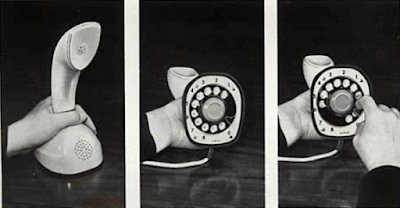At the end of July, I passed my PhD with minor corrections.
It is a simple thing to say, and seems really rather
poignant at a time when young people have recently received their A-level
results. Many of whom, having been
assessed by their teachers during the unprecedented COVID-19 lockdown restrictions
we have been experiencing, have been down-graded for reasons that don’t completely
make sense to me. These students did not
get to sit the exams that they had been expecting and it was the exam part of
the PhD, the viva, which was something that I was dreading from the moment I took
on the challenge. I did not get great A-level
results, which were mostly based on exams. I personally do not believe that exams are the best way to assess someones ability, if you are not at your best on one single day you put several years' worth of work in jeopardy, and that is a lot of pressure to be put under. I was lucky enough to still get in
to the university course that I planned to do through the clearing system.
My undergraduate degree in the History and Theory of Design,
Art, and Photography was modular and was graded throughout the course with a
written essay at the end of each unit and a final dissertation. I then went on to do an MA in Museum Studies,
again graded through course work which included essays, group work, work
experience, and a final dissertation, again no exam. Twelve years later and
after working curatorially at various museums, gaining great experience and insights
into collections, and visitor relationships with them, I started my PhD at the
University of Brighton. Seven years of
hard work, alongside working as the Assistant Curator and latterly Curator of
MoDiP, culminated in an unusual digital hand in of an 75,500-word dissertation
in May this year. The COVID-19 lockdown
meant that the viva had to be conducted in a virtual way, which for me was a
welcome experience. I was happy to be sat
in my own home and was much more relaxed being in such a familiar environment,
the exam fear was reduced.
After an hour of conversation and a short break during
which the outcome was discussed, it was a joyous moment when my examiners told me I
had passed. All that hard work had paid
off, both examiners said they enjoyed reading my work which was
extremely gratifying, and I have very few corrections to make so plan to hand
in the final version of my dissertation by the end of August. Then I can really
celebrate.

My thesis, A Matter of Material: Exploring the Value of the
Museum of Design in Plastics (MoDiP), sets out to understand how a museum
focusing on a single material family can contribute to the societal and
museological comprehension of design in plastics. It looks at how museums communicate a group
of materials that audiences believe they know and understand, yet that
knowledge and understanding may not be the whole story. It explores why it might seem strange that a
museum dedicated to plastics even exists.
It does this by looking at what museums are, what they have been
traditionally, and what they can become.
The research uses the tools of case study as a methodology
to make a close study of the functions and collections of MoDiP. These tools sit alongside the curatorial
practices of collections and object research, audience sampling through surveys
and social media, as well as visiting other museums and exhibitions and
reflecting on such experiences. By using
these methods, this work investigates the material qualities of plastics,
alongside other materials, and looks at why the placement of some materials
within the museum setting might be difficult to comprehend and how, by being
the sole focus of the museum, materials can be more deeply explored.
Passing my PhD might be then end of one journey, but it
also represents the beginning of another.
I look forward to finding out where that journey will take me.
Louise Dennis, Curator of MoDiP















